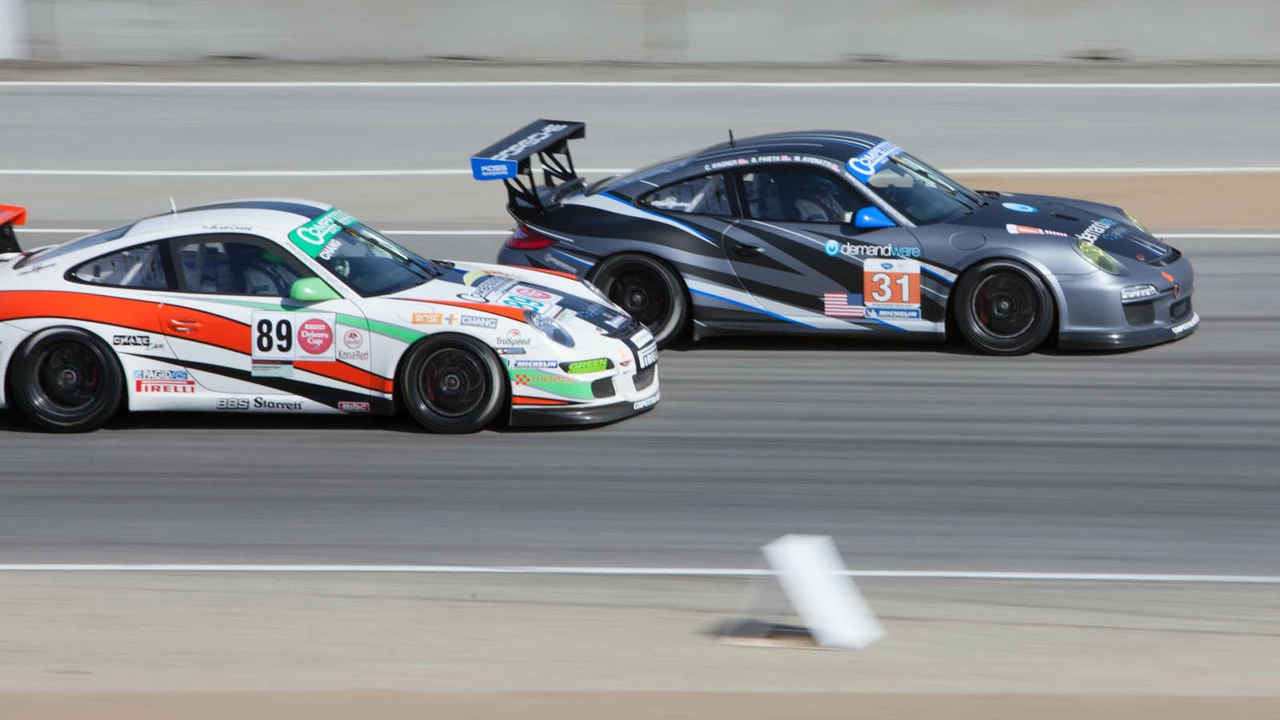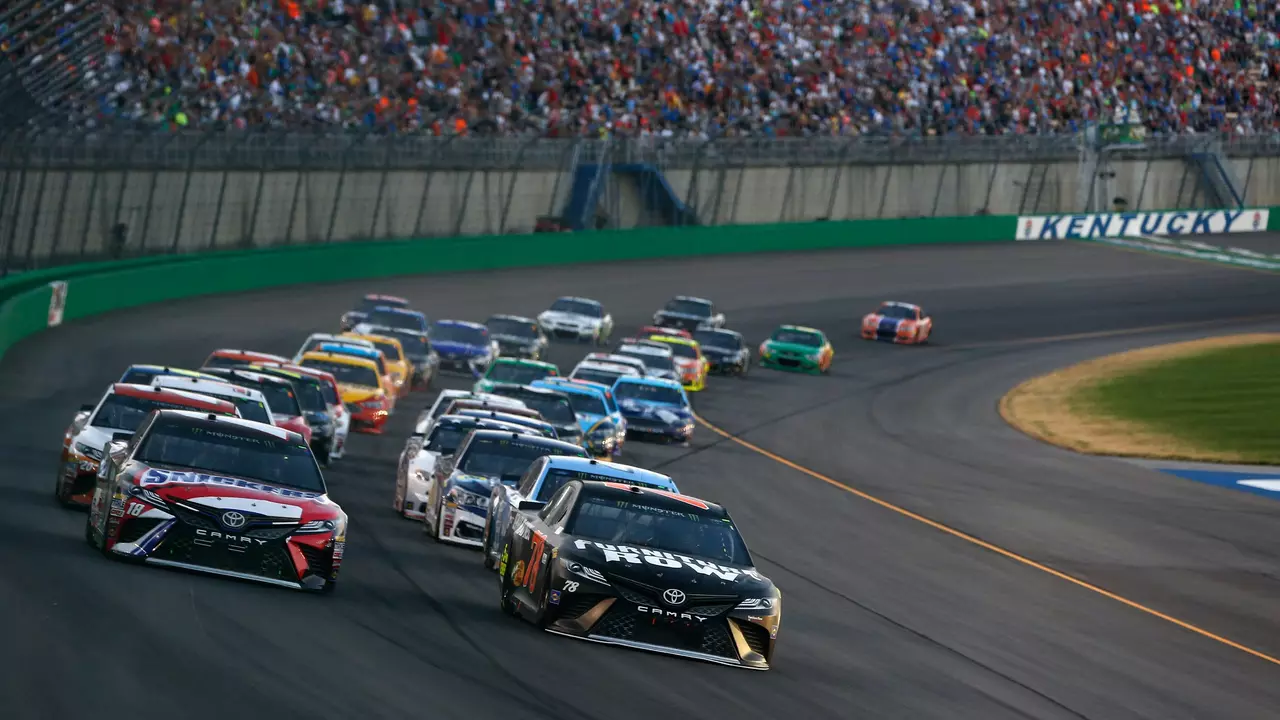Auto Racing – Your Go‑To Hub for News, History and How‑To
If you love the roar of engines and the thrill of a tight corner, you’re in the right place. This page gathers everything that matters to an auto‑racing fan – from the latest race results to the tech that makes cars faster, and even simple ways you can get more involved.
What’s Hot in Auto Racing Right Now?
Right now the biggest buzz is around the 2025 Formula 1 calendar. Fans are asking “when is the next Formula 1 race?” and the answer is right here – the season kicks off in March with the Bahrain Grand Prix, followed by a mix of street circuits and classic tracks like Monaco and Silverstone. Knowing the schedule lets you set reminders and never miss a start.
Tech lovers are glued to stories about autosport engineering. New aerodynamic tweaks, smarter sensors and lightweight composites are turning ordinary race cars into lightning‑fast machines. The article “Autosport Engineering: How Tech Drives Racing Forward” breaks down the most important upgrades in plain language – perfect if you want to sound smart at the next trackside chat.
On the consumer side, the “Best Cars 2025: What to Drive, Buy, or Avoid” guide helps everyday drivers spot the performance tricks that trickle down from the track. Whether you’re hunting a sleek coupe or an electric that mimics a race car’s instant torque, the guide gives you real‑world advice without the jargon.
How to Get More Involved with Auto Racing
Want to feel the buzz up close? Start by following the daily race schedule. Articles like “What Time Is the F1 Race Today?” give you exact start times, streaming options and quick tips on what to look for during the race – from pit‑stop strategies to tire choices.
If you’re handy with tools, dive into the technical side. Understanding the racing line, as explained in “How do you find your racing line?”, can improve your own driving on the track or even on a local karting circuit. Practice the apex, use the full width of the road, and you’ll notice faster lap times in no time.
Ever thought about joining a racing community? The site hosts discussions on everything from IndyCar team building to street‑racing rules (though we always stress safety and legality). Real‑world stories, like the guide on starting an IndyCar team, show you the steps – funding, partnerships, licensing – needed to turn a dream into a project.
Lastly, keep an eye on the historic side of things. The “History Grand Prix F1: The Wild Ride From 1906 to Today” piece walks you through the biggest moments that shaped the sport. Knowing the legends and classic rivalries adds depth to every race you watch.
All this content is right at your fingertips on the auto‑racing tag page. Bookmark it, check it often, and you’ll stay ahead of the pack whether you’re a casual fan or an aspiring engineer.

